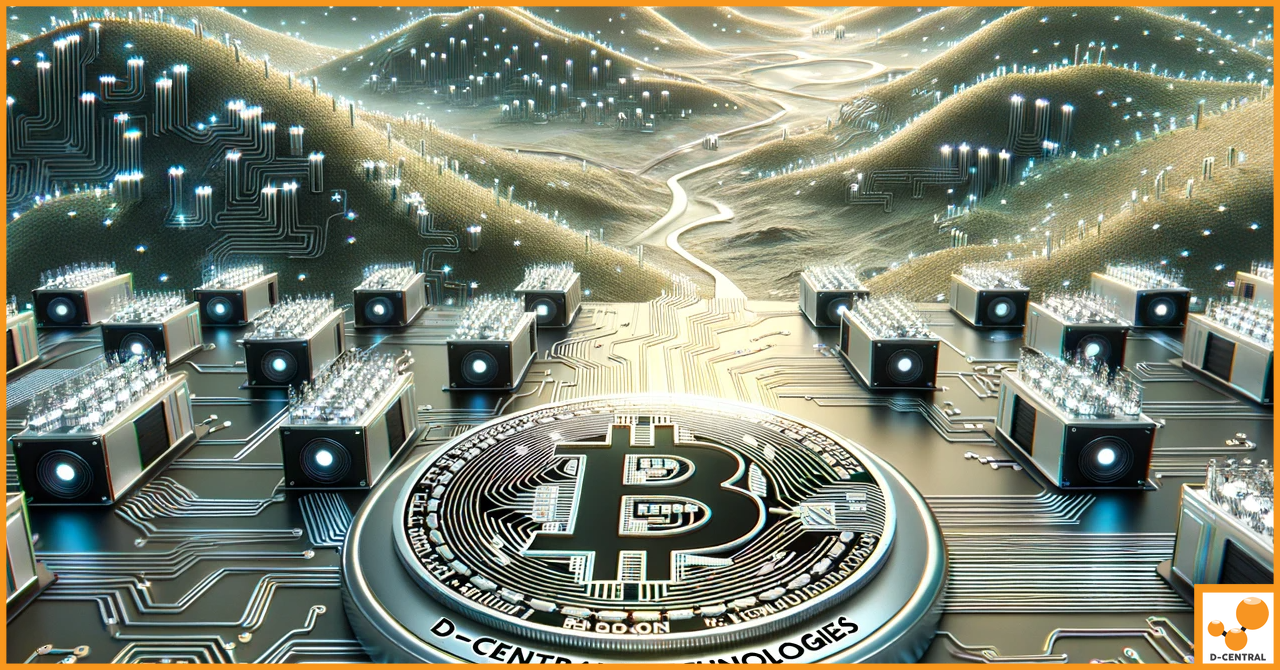Understanding Bitcoin Mining: A Comprehensive Guide

Understanding Bitcoin Mining: A Comprehensive Guide
Introduction to Bitcoin Mining
Bitcoin mining is a crucial process in the world of cryptocurrencies. It involves solving complex mathematical problems to validate transactions on the Bitcoin network. This process is essential for maintaining the security and integrity of the blockchain. But what exactly is BTC mining, and how does it work?
What is Bitcoin Mining?
Bitcoin mining is the process by which new bitcoins are created. Miners use powerful computers to solve cryptographic puzzles. When a puzzle is solved, a new block is added to the blockchain. This not only confirms the transaction but also releases a set number of bitcoins as a reward to the miner.
How Bitcoin Mining Works
To understand BTC mining, one must grasp the concept of the blockchain. A blockchain is a digital ledger that records all Bitcoin transactions. Each block in the blockchain contains a list of transactions. Miners validate these transactions by solving complex algorithms. Once a block is verified, it is added to the chain, making it immutable.
The Role of Miners
Miners are the backbone of the Bitcoin network. They ensure that transactions are processed and verified. Without miners, the network would be vulnerable to attacks and fraud. Miners use specialized hardware known as ASICs (Application-Specific Integrated Circuits) to perform these computations efficiently.
Proof of Work and Difficulty
BTC mining relies on a system called Proof of Work (PoW). PoW requires miners to solve a puzzle, which takes a significant amount of computational power. The difficulty of these puzzles adjusts every 2016 blocks, or roughly every two weeks, to ensure a steady flow of new bitcoins.
Mining Rewards and Halving
When a miner successfully adds a block to the blockchain, they receive a reward. Initially, this reward was 50 bitcoins per block. However, this amount halves approximately every four years in an event known as "halving." Currently, the reward stands at 6.25 bitcoins per block.
Environmental Impact of Bitcoin Mining
Bitcoin mining requires substantial energy, leading to environmental concerns. The process consumes more electricity than some countries. Consequently, there is a push for sustainable and eco-friendly mining practices. Many miners are now using renewable energy sources to power their operations.
The Economics of Bitcoin Mining
Mining can be profitable, but published here it requires significant investment in hardware and electricity. The profitability depends on the current price of BTC, the efficiency of the mining equipment, and electricity costs. As the network grows, mining becomes more competitive, often squeezing smaller miners out of the market.
Future of Bitcoin Mining
The future of BTC mining is both exciting and uncertain. With advancements in technology, mining hardware is becoming more efficient. Additionally, there is an ongoing discussion about transitioning to more sustainable mining practices. The Bitcoin community continues to innovate to address these challenges.
Conclusion
BTC mining is a complex but essential process that supports the BTC network. It involves solving mathematical problems, validating transactions, and securing the blockchain. While it presents environmental and economic challenges, ongoing innovations promise to make mining more efficient and sustainable. Understanding these dynamics is crucial for anyone interested in the world of cryptocurrencies.